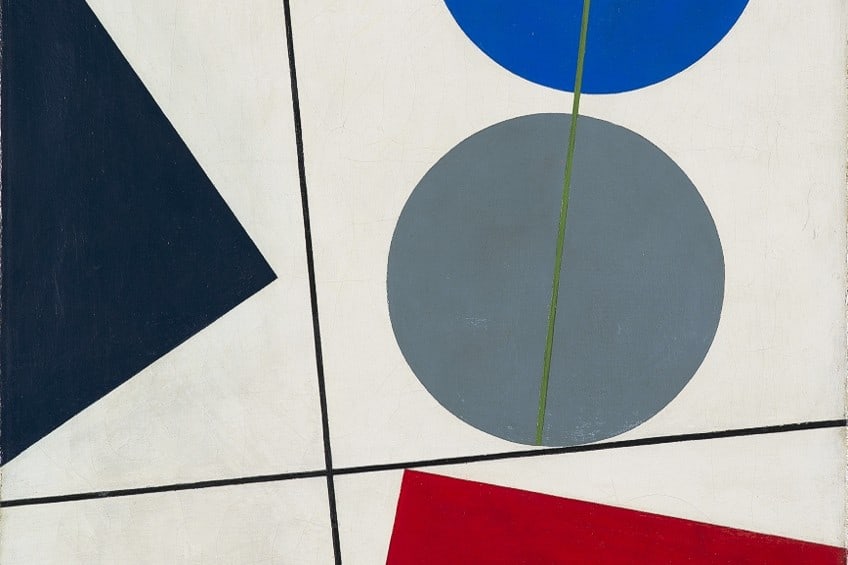Famous Dadaism Artists – 10 Icons of Avant-Garde Chaos
Switzerland became a creative haven where numerous intellectuals, writers, and artists sought refuge during World War One. It was here that the Dada movement pioneers first emerged. These Dada artists were united in their opposition to all the horrific events and consequences that war brought. To find out who these famous Dadaism artists were, join us below!
Contents
- 1 Our List of Famous Dadaism Artists
- 1.1 Francis Picabia (1879 – 1953)
- 1.2 Hans Arp (1886 – 1966)
- 1.3 Raoul Hausmann (1886 – 1971)
- 1.4 Kurt Schwitters (1887 – 1948)
- 1.5 Marcel Duchamp (1887 – 1968)
- 1.6 Sophie Taeuber-Arp (1889 – 1943)
- 1.7 Hannah Höch (1889 – 1978)
- 1.8 John Heartfield (1891 – 1968)
- 1.9 Max Ernst (1891 – 1976)
- 1.10 Marcel Janco (1895 – 1984)
- 2 Frequently Asked Questions
Our List of Famous Dadaism Artists
Emmy Hemmings and Hugo Ball ran a venue called Cabaret Voltaire in Zurich and it served as a social hub for those exiled in the city. It was both an arts center and a nightclub where avant-garde artists came to socialize, dance, and exhibit their works.
These artworks grew increasingly experimental over the course of the war, culminating in the artistic expression of protest known as the Dadaists.
Motivated by Dada movement pioneers such as Marcel Duchamp, the Dadaists reacted against the war and capitalism by exploring the concept of “anti-art” in the 1910s. The Dada artists wanted to redefine what constitutes art and experimented with the concept of the found object and the effects of the laws of chance. In our list below, we will learn more about these Dada movement pioneers.
Francis Picabia (1879 – 1953)
| Artist Name | Francis Picabia |
| Nationality | French |
| Date of Birth | 22 January 1879 |
| Date of Death | 30 November 1953 |
| Place of Birth | Paris, France |
Francis Picabia was a Dada movement pioneer in both New York and Paris. He was a friend of Marcel Duchamp, and his work ranged from weird, erotic comic pictures of machine components to text-based artworks that foreshadowed features of Conceptual art. Even after Dada had given way to other forms, the French artist continued to experiment with a varied and nearly nonsensical blend of styles. He moved freely between figuration and abstraction at a period when painters adhered to one or the other, and his exuberant contempt for modern art rules promoted some amazing developments even later in his career.
Picabia was a crucial part of the Dada movement when it first emerged in the early 1920s in Paris, and his work swiftly renounced many of the technical aspects that had inspired his earlier work.
He started including text in his collages to produce more blatantly scandalous imagery that challenged traditional ideas of morality, religion, and law. Picabia contributed to establishing Dada in various cities, and his legacy as one of the Dada movement’s pioneers lives on. He had a somewhat lighthearted and occasionally sardonic approach to art-making, which put him at odds with many of his more solemn contemporaries.

Picabia shifted paths again near the end of his lengthy career, creating abstract shapes. He continued to display his paintings in prestigious Parisian galleries and write his articles until 1951 when he was diagnosed with arteriosclerosis and was unable to continue painting. Picabia’s uncle was an art enthusiast and collector who encouraged his nephew’s interest in art by introducing him to artworks by classical artists from France such as Ferdinand Roybert and Fèlix Ziem.
Hans Arp (1886 – 1966)
| Artist Name | Hans Arp |
| Nationality | German-French |
| Date of Birth | 16 September 1886 |
| Date of Death | 7 June 1966 |
| Place of Birth | Strasbourg, France |
Born in Strasbourg in 1886, Arp relocated to Paris in 1908 and enrolled in the Academie Julian. After that, he relocated to Switzerland, although he traveled extensively around Europe, mixing with the art luminaries of the era, including Max Jacob, Guillaume Apollinaire, Pablo Picasso, and Amadeo Modigliani. As World War I raged on, he decided to move to Zurich in 1915, where he made a number of tapestries and collages. The famous Cabaret Voltaire opened the next year in 1916 and served as the hub of the emerging Dada movement. To these Dadaists, the idea of war was nonsensical and absurd, and they wanted to reflect that absurdity in their works.
While in Zurich, Arp became a Dada movement pioneer and when he moved to Cologne in 1919, he introduced these principles to the region, along with other notable Dada artists such as Alfred Grunwald and Max Ernst.
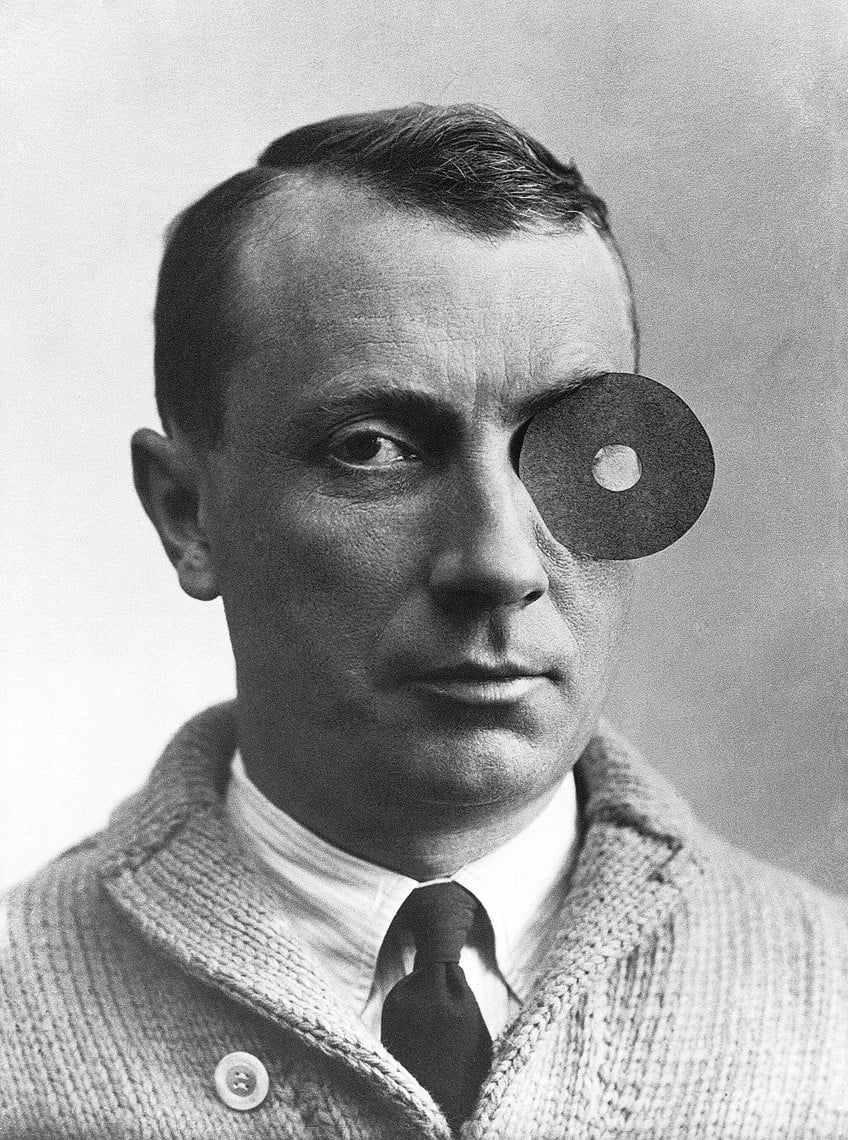
This Dadaist was so against the idea of war, or participating in it, that he managed to escape the draft by pretending to be mentally ill. When he was given the documentation to fill in his personal details, he added his date of birth to every single line, arbitrarily added them up, and provided the equation at the bottom. The officials summarily deemed him mentally unfit to serve in the army. However, in his art and life, there were no precise equations, and he often let his collages be produced by randomly dropping various shapes onto a canvas. He was one of the first artists to incorporate the idea of chance into his art. Despite being a Dada movement pioneer, he would eventually move on to work with the Surrealists.
Raoul Hausmann (1886 – 1971)
| Artist Name | Raoul Hausmann |
| Nationality | Austrian |
| Date of Birth | 12 July 1886 |
| Date of Death | 1 February 1971 |
| Place of Birth | Vienna, Austria |
Raoul Hausmann was born in Vienna, the son of a portrait and historical painter. The family relocated to Berlin when he was four years old. Hausmann started to paint in an Expressionist manner in 1917, after gaining academic instruction in sculpting and painting, and he also started to write polemical art criticism. Prior to his position in the Dada movement, the artist sparked his anti-establishment hunger by participating in the Die Brücke movement, training under one of its most prominent figures, Erich Heckel. He met Hannah Höch in 1915 and lived with her until 1922. The couple were significant participants of the Berlin Dada group from 1918 until 1920.
Hausmann, the creator of the Berlin expression of Dada, sought a dynamic, disruptive, and realistic form of art, stitching together bits of images and words to create explosive and symbolic new visuals.
He examined the influence of technology on both body and mind in his art and served as the main theorist of the Berlin Dada movement. Today, Berlin Dada is most known for pioneering montage-based aesthetic methods like photomontage and assemblage.

As part of the historical avant-garde, Berlin Dada techniques have been noted largely for the transformational influence they had on the place and purpose of contemporary art in 20th-century Europe, instead of for the subject matter they addressed. When the Nazis took control in 1933, he fled Germany and spent the next few years in Paris, Ibiza, Prague, Zurich, and eventually Limoges. After WWII, he continued active work in photography, painting, and photomontage, and in 1967, he had his first retrospective at Stockholm’s Moderna Museet.
Kurt Schwitters (1887 – 1948)
| Artist Name | Kurt Schwitters |
| Nationality | German |
| Date of Birth | 20 June 1887 |
| Date of Death | 8 January 1948 |
| Place of Birth | Hanover, Germany |
Kurt Schwitters’ art anticipated several subsequent modernist art styles, such as the incorporation of found materials, art installations, and Pop art. First influenced by Dadaism, he subsequently developed his own style known as Merz. He created artistically appealing pieces out of discarded objects that others considered trash. In 1909, Schwitters enrolled in the Dresden Academy of Art, hoping to pursue a conventional career as a painter. When he moved back to Hanover in 1915, his artwork displayed a post-Impressionist style, with little influence from modernist trends such as Cubism.
Schwitters’ work was profoundly influenced by the German government’s political and financial collapse at the conclusion of World War I.
His artistic style shifted towards Expressionist concepts, and he started gathering trash from the streets to use as found materials in his pieces. Schwitters expressed his belief that art can emerge from ruin by using materials that others would classify as junk. His incorporation of found materials foreshadowed the collage work of modern artists such as Robert Rauschenberg and Jasper Johns. He felt that art could not and should not be contained within a frame on a wall.
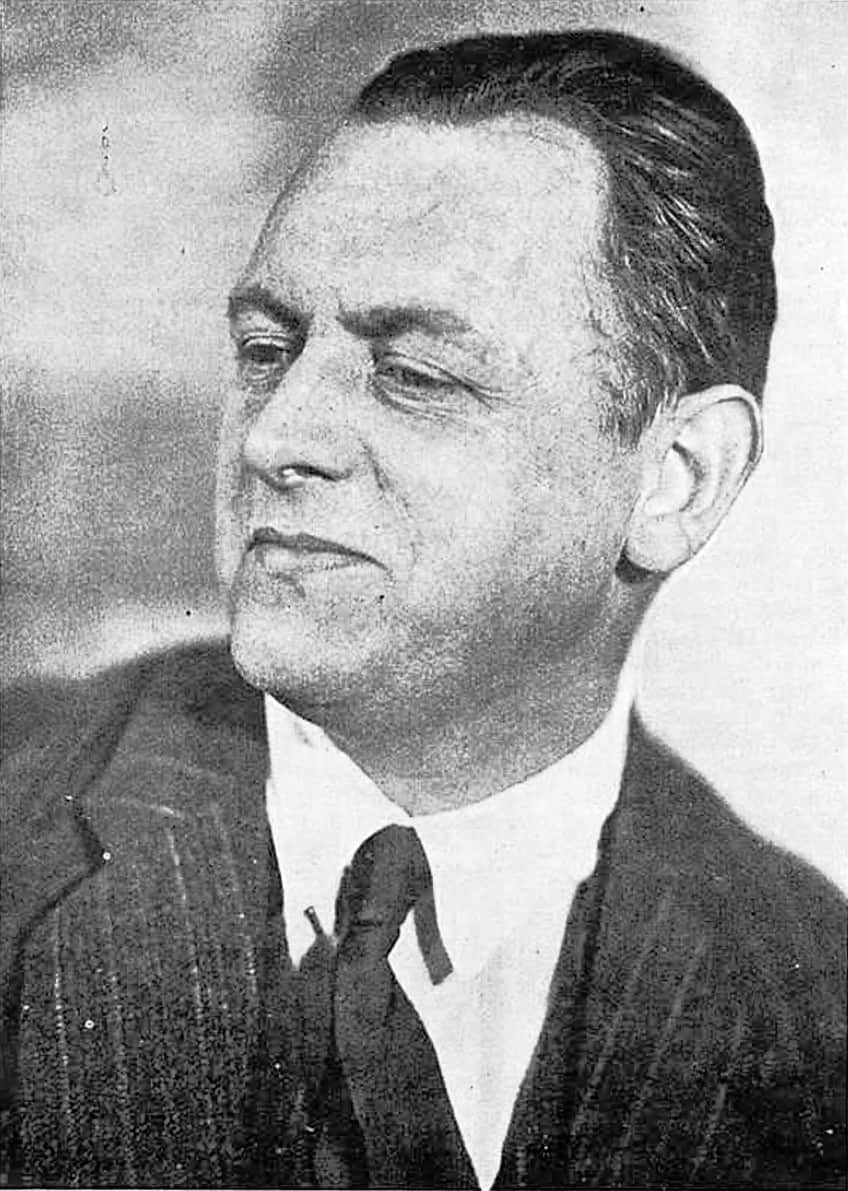
This viewpoint influenced the eventual development of performance and installation art. Schwitters was drawn to the developing Dada school soon after World War I. He developed his own variation in Hannover after being denied membership in the Berlin Dadaist circle. Schwitters had the idea of creating a cathedral out of ordinary objects in 1920. He created this three-dimensional assemblage, known as Merzbau, in his Hannover home and proceeded to add to it for the next 16 years.
Marcel Duchamp (1887 – 1968)
| Artist Name | Henri-Robert-Marcel Duchamp |
| Nationality | French |
| Date of Birth | 28 July 1887 |
| Date of Death | 2 October 1968 |
| Place of Birth | Blainville-Crevon, France |
Marcel Duchamp is perhaps the most renowned Dad movement pioneer, and in his works, he blurred the line between everyday objects and art. His disregard for traditional aesthetic rules inspired him to create his infamous ready-made pieces, which resulted in a revolution in art. Despite the fact that his father worked as a notary, his grandfather was known to be an artistic person who was particularly adept at engraving. Duchamp was one of six children, four of whom would go on to pursue an artistic career.
In fact, when he arrived in Paris in 1904, two of his brothers were already involved in the Parisian art circles and were able to help him.
He had become a rather good painter while at home and his early works were already demonstrating a unique technique and style. He spent the following few years creating cartoons for various magazines while simultaneously absorbing the artistic trends of the era, such as Post-Impressionism, Fauvism, and Cubism. While he took various elements of influence from each style, he never fully adopted any of these.

He would eventually completely turn his back on traditional art by promoting the concept of the “ready-made”. These works consisted of found objects and were created in order to redefine what could be regarded as artwork, bringing into question who decides what is worthy of being considered art and what is not. These works were very influential on the Dadaist movement. However, his works were largely ignored by the public during his own lifetime, and it would be decades before he was given the proper recognition outside of the art world.
Sophie Taeuber-Arp (1889 – 1943)
| Artist Name | Sophie Taeuber-Arp |
| Nationality | Swiss |
| Date of Birth | 19 January 1889 |
| Date of Death | 13 January 1943 |
| Place of Birth | Davos, Switzerland |
Taeuber-Arp, a Swiss artist, was an important participant in many of the 20th century’s most prominent avant-garde movements. Her work has influenced both designers and artists worldwide. Sophie Taeuber-Arp was an early member of the Zurich Dada art movement. She worked in a variety of practical and fine arts fields, including fabrics, relief sculptures, designs, and dolls.
She was the only Dadaist who had solid work and regular income. Until 1929, she was a professor of embroidery, textile design, and weaving at Zurich’s School of Applied Arts. She also happens to be the group’s sole member who was actually born in Switzerland.
Because the Dada art movement was a very performative phenomenon, the fact that she also performed as a dancer is vital for understanding the true essence of Dadaism. In fact, many Dadaist artists were also poets, singers, and dancers. The human body was the medium in several genres of Dadaist art. The concept of the body as an art object would be expanded upon several decades later in performance art. Her textiles and paintings were also influenced by dance. Her geometric abstractions tend to have a certain flow and motion to them.
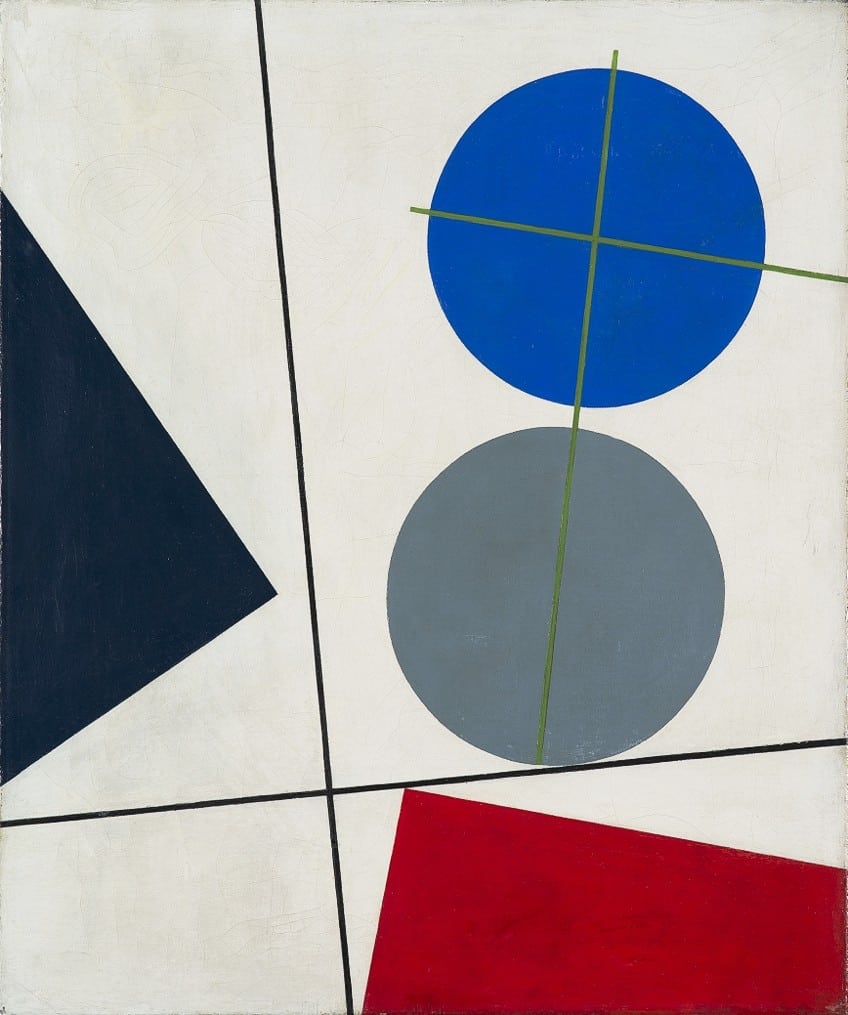
She met Jean Arp, another of the famous Dadaism artists at a tapestry display in Zurich’s Gallery Tanner in 1915, and they were married in 1922. She assisted her spouse both financially and creatively. She created eight of the 11 works attributed to her husband for a textile show at the Kunstsalon Wolfsberg. When the Dadaists’ activities in Zurich waned in 1919, several artists relocated to Paris. Taeuber-Arp, though, remained in Switzerland due to her teaching post in Zurich. She was a multi-disciplinary creative who worked as a teacher, designer, architect, puppet maker, performer, jewelry maker, painter, interior designer, sculptor, illustrator, and magazine editor throughout her life.
Hannah Höch (1889 – 1978)
| Artist Name | Hannah Höch |
| Nationality | German |
| Date of Birth | 1 November 1889 |
| Date of Death | 31 May 1978 |
| Place of Birth | Gotha, Germany |
Hannah Höch was a renowned political photomontage artist from Germany. Her art, made from found objects and newspaper clippings, often addressed the early 20th-century concept of the “New Woman” – an individual who challenged the established roles of women. She is well known for her photomontages that criticized the male-dominated governmental machinery, which she asserted contributed to the failures of the Weimar Republic and increased militarism in Germany in the post-World War I era. She was born on the 1st of November, 1889 in Gotha, and attended the Berlin College of Arts and Crafts, where she received an education that few European females enjoyed at that time.
Höch became romantically involved with Raoul Haussman in 1915, who exposed the artist to the Dadaists. She and Haussman separated in 1926 and relocated to the Netherlands, where she collaborated with several prominent artists, including Kurt Schwitters and Piet Mondrian.
Later in Hoch’s career, she moved to Berlin and was compelled to stop exhibiting her artwork in public after the Nazis decided that it was degenerate art. Many of her peers left the country, but Höch isolated herself in a remote part of northwest Berlin. The artist continued to create art till the end of her life.

Höch and other Dadaists considered themselves to be radical thinkers who advocated for women’s rights. Höch, though, was sidelined by male Dadaists due to her masculine clothing, sexual orientation, and independent spirit. The couple, who had a stormy love affair, are widely credited for establishing photomontage. They, along with other Dadaists created works with ironic and satirical statements about Germany’s unstable socio-political condition using camera-made imagery.
John Heartfield (1891 – 1968)
| Artist Name | John Heartfield |
| Nationality | German |
| Date of Birth | 19 June 1891 |
| Date of Death | 26 April 1968 |
| Place of Birth | Berlin, Germany |
Heartfield’s early expertise in advertising and encounters with Dada theatricality equipped him with the visual skills he needed to impact and encourage audiences to take action and think critically. His controversial photomontages sparked both critical praise and controversy at the time, particularly his anti-fascist works, for which he was harassed by Nazis and Gestapo agents.
His agitational strategy, which was associated with the worker photography movement’s concept of “photo as a weapon”, was designed to portray the realities that lurked beneath the demand for war or whatever reason the government convinced civilians to support.
The German November Revolution of 1918 was intended to fill the political void created by the First World War and the widespread disenchantment with war. But it didn’t work. The literary and creative avant-garde expressed the grim experience of war and rebellion, economic and military destruction, as well as cultural and social upheaval. This encounter turned Heartfield and his brother into Spartacus League members. Heartfield and his brother became founder members of the Berlin Dadaists in 1919, and they worked closely with Raoul Hausmann, George Grosz, and Hannah Höch. Because his photomontages were both successful propaganda and formalist arrangements, Heartfield’s work was both lauded and criticized.
Heartfield’s work was admired even during his lifetime, as seen by Alexander Liberman’s graphic designs. In the late 1960s and early 1970s, Heartfield’s photomontages inspired artists from all throughout Soviet Russia, the Eastern bloc, and the United States. During the Cold War, his creative endeavors assisted in confronting a worn-out leftist philosophy with a fresh kind of leftist critique, employing historical references and context-driven significance, to recapture artistic independence, and to express alternative political, social, and cultural perspectives in both the West and the East.
Max Ernst (1891 – 1976)
| Artist Name | Max Ernst |
| Nationality | German |
| Date of Birth | 2 April 1891 |
| Date of Death | 1 April 1976 |
| Place of Birth | Brühl, Germany |
Few artists have had as much impact on the world of art as Max Ernst, whose experiments into automated art and the unconscious established him as a significant figure in both Dadaism and Surrealism. Born in Germany, he founded a Dada group in Cologne in 1919 before moving to Paris, where he was involved in developing André Breton’s idea of Surrealism from the very beginning. He did not have formal artistic training, but his exploratory approach to art-making led to the development of frottage – a method that employs pencil rubbings of objects as a source of images, and grattage, in which paint is removed across the canvas in order to reveal the imprints of the things set underneath.
Regarded as an exceptional avant-garde artist, he worked through the century of avant-garde movements with an unquenchable appetite for invention, leaving behind an extensive and highly unique oeuvre.
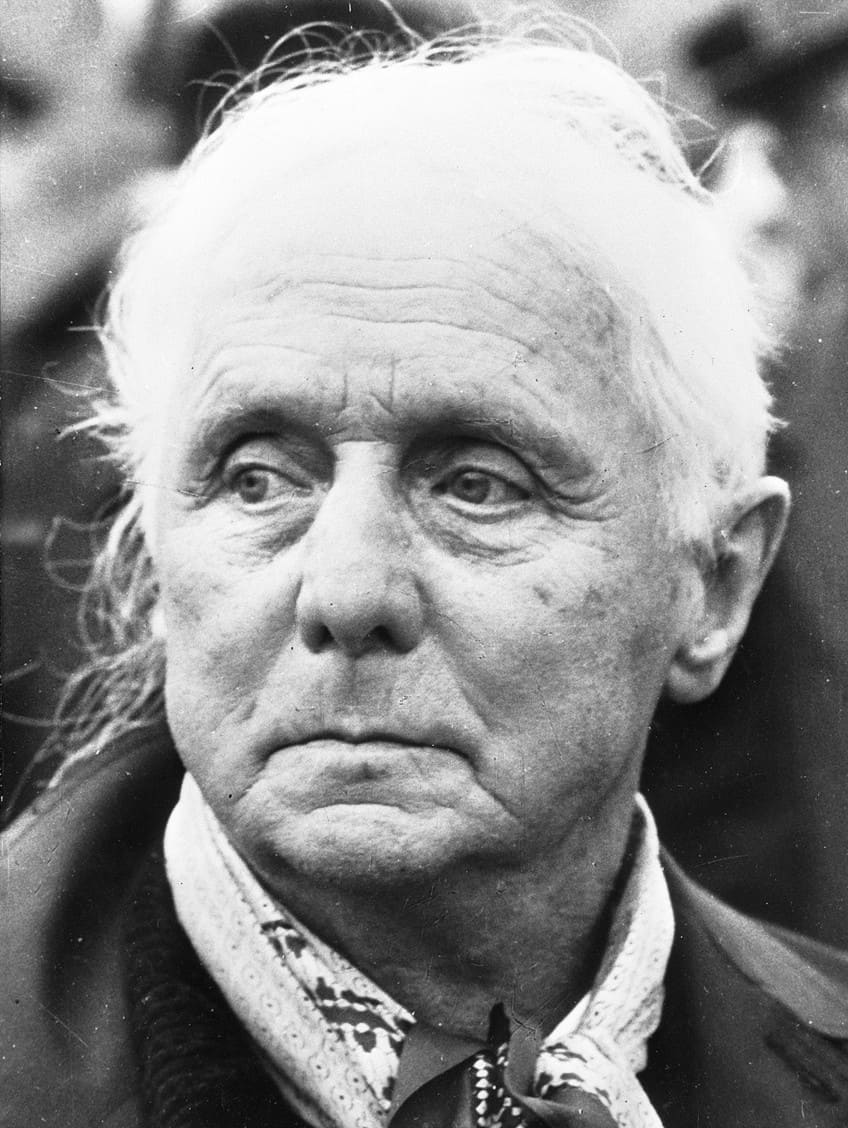
Despite his association with the Dada group and surrealism, he took a personal route by ultimately separating himself from the group’s aesthetic and producing visionary works rich with clarity. Throughout his lifetime, Max Ernst never stopped developing his art. Philosophy, psychology, physics, art history, alchemy, literature, and poetry all influenced his work in some way or another. In 1941, Ernst fled France and settled in New York, where Peggy Guggenheim supported him in integrating into the American art community. His marriage to Guggenheim drove his career ahead. His attempts to create spontaneous art from his unconscious enthralled American artists, particularly the then-emerging Abstract Expressionists. His paintings can be viewed in some of the world’s most prestigious art collections.
Marcel Janco (1895 – 1984)
| Artist Name | Marcel Janco |
| Nationality | Romanian |
| Date of Birth | 24 May 1895 |
| Date of Death | 21 April 1984 |
| Place of Birth | Bucharest, Romania |
In his 20s, Marcel Janco moved to Zurich from Romania and collaborated with his friend Tristan Tzara to help establish the Dada movement. The two friends worked together to develop Cabaret Voltaire shows. These performances were meant to become part of a canon of work questioning established art and society by being purposefully raw and primal in character. His works explored and connected various genres, from the Dada movement to Constructivism to Israeli Modernism, and influenced artists in a wide range of disciplines, including painting, architecture, and sculpture.
Marcel Janco started to disassociate himself from the movement he had helped establish as early as 1917. His art was used to illustrate Dada almanacs for another couple of years, but he was constantly at odds with some of the other Dadaists while also trying to expand his approach.
Janco and Tzara, in particular, couldn’t agree on the significance of Dada, and disputes between the two increased. Janco subsequently abandoned Dada, believing it to be rather pessimistic in its views, and adopted Constructivism instead. Janco was a prominent Romanian Jewish intellectual of his period. He fled to British Palestine in 1941, fleeing antisemitic discrimination before and during World War II. His work with masks was particularly noteworthy, introducing the Dadaists to an exciting field of theatrical exploration.

Marcel Janco, revered by his avant-garde peers, is mentioned or represented in a number of works by Romanian authors. His abilities as a painter and sculptor have been shown in special exhibitions in Berlin, Budapest, and Essen, while his architecture has been featured in shows at the Bauhaus Centre Tel Aviv and Technical University Munich.
That completes our list of the most famous Dadaism artists. Dadaists sought to reject and satirize established socioeconomic and cultural ideals that they perceived as being responsible for World War One’s senselessness and countless tragedies. They often produced work that was intentionally bizarre and controversial in order to provoke a response from their audience. They considered themselves anti-establishment, and used their art to criticize the present-day cultural and political atmosphere. They argued that traditional reasoning and logic had failed civilization, and that accepting absurdity would result in a new way of perceiving the world around them. Dada was not confined to one region or group of artists, rather it was a global movement with participation from Berlin, Zurich, New York, and Paris.
Frequently Asked Questions
Who Was the Dada Movement Pioneer?
There were several figures who contributed significantly to the Dada movement. Tristan Tzara and Hugo Ball were key participants in the Zurich Dada movement, which is often regarded as the origin of the entire Dada movement. Another important participant of the Zurich Dada group was Jean Arp, a French-German artist. The French artist Marcel Duchamp is frequently connected with the New York Dada movement. His views influenced the Dada movement and the notion of readymade significantly. Another key figure in New York Dada art was French artist and poet Francis Picabia. He made works that questioned established artistic standards and investigated the relationship between art and technology.
Who Are the Most Famous Dadaism Artists?
The Dadaists arose in response to the atrocities of war. Some of the movement’s most influential members include Francis Picabia, Hans Arp, Marcel Duchamp, Kurt Schwitters, John Heartfield, Max Ernst, and Marcel Janco. There were also several notable female artists in the Dada movement, such as Hannah Höch and Sophie Tauber-Arp.
Jordan Anthony is a Cape Town-based film photographer, curator, and arts writer. She holds a Bachelor of Art in Fine Arts from the University of the Witwatersrand, Johannesburg, where she explored themes like healing, identity, dreams, and intuitive creation in her Contemporary art practice. Jordan has collaborated with various local art institutions, including the KZNSA Gallery in Durban, the Turbine Art Fair, and the Wits Art Museum. Her photography focuses on abstract color manipulations, portraiture, candid shots, and urban landscapes. She’s intrigued by philosophy, memory, and esotericism, drawing inspiration from Surrealism, Fluxus, and ancient civilizations, as well as childhood influences and found objects. Jordan is working for artfilemagazine since 2022 and writes blog posts about art history and photography.
Learn more about Jordan Anthony and about us.
Cite this Article
Jordan, Anthony, “Famous Dadaism Artists – 10 Icons of Avant-Garde Chaos.” artfilemagazine – Your Online Art Source. November 23, 2023. URL: https://artfilemagazine.com/famous-dadaism-artists/
Anthony, J. (2023, 23 November). Famous Dadaism Artists – 10 Icons of Avant-Garde Chaos. artfilemagazine – Your Online Art Source. https://artfilemagazine.com/famous-dadaism-artists/
Anthony, Jordan. “Famous Dadaism Artists – 10 Icons of Avant-Garde Chaos.” artfilemagazine – Your Online Art Source, November 23, 2023. https://artfilemagazine.com/famous-dadaism-artists/.


